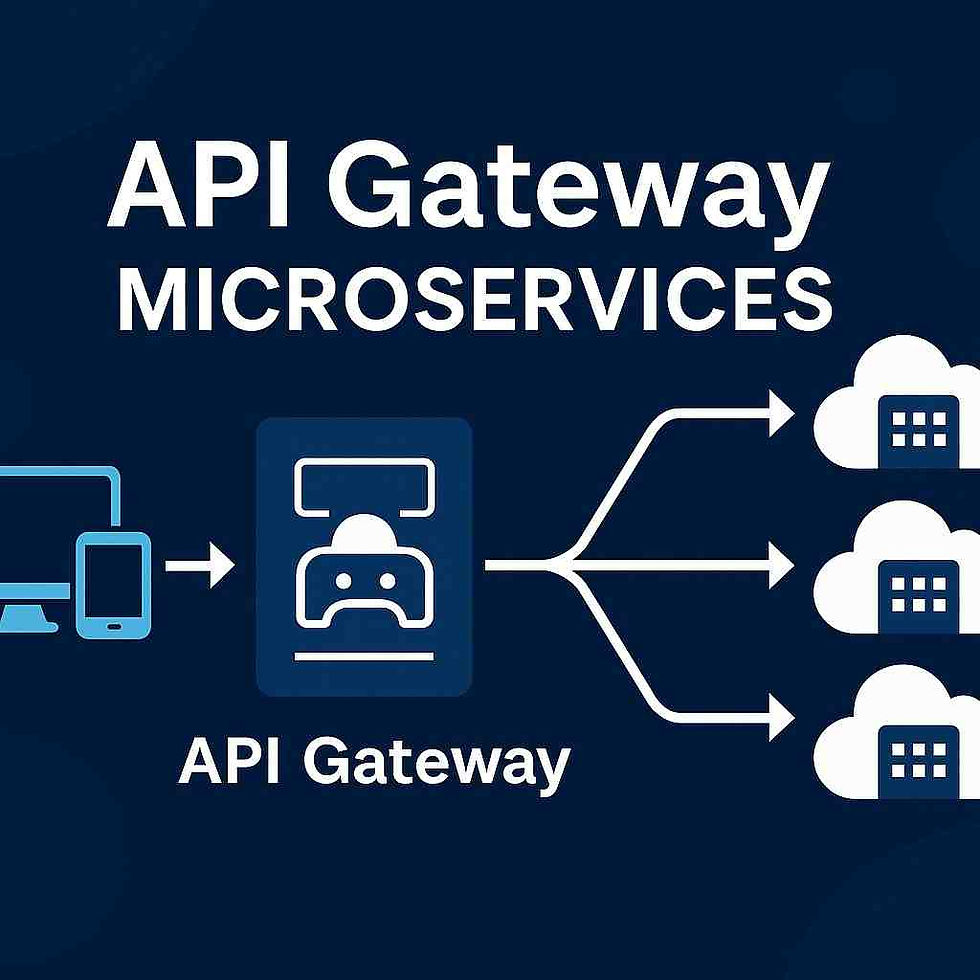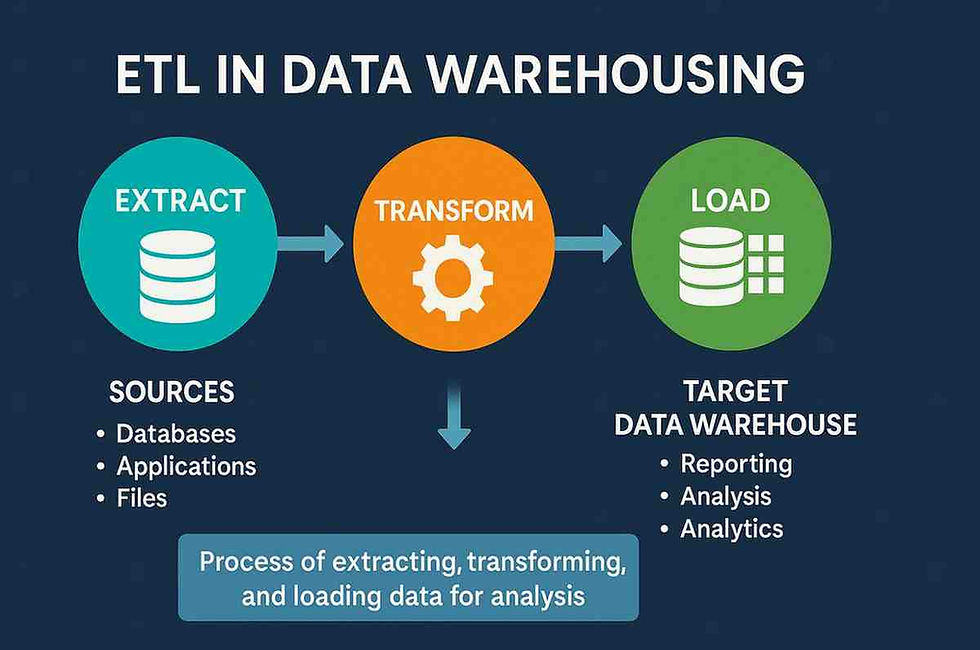API Testing with Swagger: Your Ultimate Guide
- Gunashree RS
- Dec 16, 2024
- 5 min read
API testing is an essential part of modern software development, ensuring the reliability, performance, and functionality of application programming interfaces (APIs). Among the tools available for this process, Swagger has emerged as a game-changer. This article will explore API testing with Swagger, covering its fundamentals, step-by-step processes, tools, and expert tips to master the art.
What is API Testing?
API testing focuses on verifying the functionality, reliability, performance, and security of APIs. Unlike traditional testing, which evaluates the UI of an application, API testing examines how different software systems communicate and share data.
Core Components of API Testing
Functionality Testing: Ensures that APIs return the expected results.
Load Testing: Evaluates how APIs perform under various loads.
Security Testing: Detects vulnerabilities and ensures secure data exchanges.
Integration Testing: Confirms that APIs work seamlessly with other services.

Introduction to Swagger
Swagger, now part of the OpenAPI Initiative, is a powerful set of tools for designing, building, documenting, and testing APIs. It simplifies the process of API testing by providing an intuitive interface and robust features for both developers and testers.
What Makes Swagger Unique?
Comprehensive API Documentation: Swagger generates interactive, machine-readable API documentation.
Code Generation: Supports multiple programming languages for generating server and client-side code.
Ease of Use: Even beginners can navigate Swagger's interface to test and validate APIs efficiently.
Key Features of Swagger for API Testing
Interactive API Documentation: Test APIs directly through the documentation interface.
Validation of API Contracts: Ensures API responses adhere to defined specifications.
Cross-Language Support: Compatible with Java, Python, PHP, and more.
Seamless Collaboration: Enables teams to share and collaborate on API documentation.
Mocking API Responses: Simulates API behavior for testing in isolated environments.
Why Choose Swagger for API Testing?
Swagger is a preferred choice for API testing because of its versatility, ease of use, and extensive capabilities.
Benefits of Using Swagger
Standardized Process: Implements the OpenAPI Specification (OAS), ensuring industry-wide consistency.
Time-Saving: Accelerates testing with auto-generated test cases.
Scalability: Handles APIs of varying complexities and scales effortlessly.
Integration-Ready: Works with popular CI/CD tools like Jenkins, Travis CI, and GitHub Actions.
Setting Up Swagger for API Testing
Follow these steps to begin your journey with Swagger:
Step 1: Install Swagger Tools
Download Swagger UI or Swagger Editor from the Swagger website.
Install via package managers like npm or Docker for specific tools.
Step 2: Configure Your API
Define your API endpoints, request/response formats, and authentication methods in a YAML or JSON file adhering to the OAS.
Step 3: Load Your API Spec
Import the API definition into Swagger Editor or Swagger UI to visualize and test.
Step 4: Begin Testing
Use the "Try it out" feature in Swagger UI to test API requests and verify responses interactively.
Understanding Swagger UI and Swagger Editor
Swagger UI
A visual interface that allows you to interact with API endpoints and test them directly.
Swagger Editor
A browser-based tool for designing, editing, and validating OpenAPI specifications.
Writing and Testing API Specifications in Swagger
Define Endpoints: Use YAML syntax to describe API operations, parameters, and responses.
Test API Requests: Swagger UI helps you validate the input and output against specifications.
Simulate Scenarios: Use mocking tools to simulate APIs in different conditions.
Best Practices for API Testing with Swagger
Maintain Clear Documentation: Keep your API definitions well-organized and readable.
Adopt Version Control: Use tools like Git to track changes in API specifications.
Implement Security Measures: Test for authentication and authorization mechanisms.
Validate Regularly: Continuously validate APIs as part of the development cycle.
Common Challenges and Solutions
Complex API Workflows:
Solution: Break down workflows into smaller test cases.
Maintaining API Versions:
Solution: Use versioning in API specifications and testing processes.
Performance Bottlenecks:
Solution: Conduct stress and load testing regularly.
Swagger Tools Ecosystem for API Testing
Swagger offers a wide array of tools to cater to diverse testing needs:
Swagger Hub: Centralized platform for API collaboration.
Swagger Inspector: On-the-go API testing tool with no setup required.
Swagger Codegen: Automatically generates client/server code for APIs.
Integrating Swagger with CI/CD Pipelines
Integrating Swagger with CI/CD tools like Jenkins ensures that API testing becomes part of the deployment process.
Step 1: Use Swagger Codegen to generate test cases.
Step 2: Run automated tests as part of the pipeline.
Step 3: Monitor results and fix issues before deployment.
Automating API Testing Using Swagger
Automation reduces manual effort and improves accuracy. Tools like Swagger Inspector and test scripts can be integrated into frameworks like Selenium or Postman.
Real-Life Use Cases of API Testing with Swagger
E-Commerce Platforms: Ensuring secure payment gateway APIs.
Healthcare Applications: Testing APIs for interoperability standards.
Banking Systems: Validating API-based account operations and transfers.
Tips for Ensuring API Security in Swagger
Use HTTPS: Encrypt communication to secure data exchanges.
Token-Based Authentication: Implement OAuth 2.0 or JWT.
Regular Penetration Testing: Identify and patch vulnerabilities.
Future Trends in API Testing and Swagger
AI-Driven Testing: Predictive analysis for automated test case generation.
Increased OpenAPI Adoption: More businesses standardizing on Swagger tools.
Focus on Microservices: Testing becomes integral as APIs dominate microservices architecture.
FAQs
What is Swagger's role in API testing?
Swagger simplifies API testing by providing interactive documentation and automation tools.
Can Swagger be used for load testing?
Swagger itself doesn’t perform load testing but integrates with tools like JMeter.
What programming languages does Swagger support?
Swagger supports Java, Python, Ruby, PHP, and many more.
Is Swagger free to use?
Yes, Swagger offers free tools, but advanced features are available in premium versions.
How does Swagger ensure API security?
Swagger supports authentication methods like OAuth 2.0 and provides guidelines for secure API design.
What is the OpenAPI Specification?
It’s a standard format for defining APIs, and it was adopted by Swagger.
Can Swagger test REST and SOAP APIs?
Swagger is primarily designed for REST APIs.
What is Swagger Inspector?
A cloud-based tool for testing and validating APIs without any setup.
Conclusion
API testing is crucial for building robust, scalable, and secure software solutions. Swagger, with its extensive toolset and intuitive design, simplifies the process, making it accessible for developers and testers alike. By following the best practices and leveraging Swagger's ecosystem, you can streamline your API testing processes and deliver flawless applications.
Key Takeaways
Swagger offers tools for designing, testing and documenting APIs seamlessly.
API testing ensures functionality, performance, and security in software systems.
Automating tests with Swagger tools enhances efficiency.
Integrating Swagger into CI/CD pipelines supports continuous testing.
Ensuring API security is a vital aspect of the testing process.




I really like how this post breaks down API testing with Swagger — it shows how important accuracy and automation are for any tech-driven project. The same logic applies to financial platforms that rely on strong API integrations to ensure smooth and secure transactions. That’s one of the reasons I value using a startup bank, where advanced technology supports seamless connectivity between systems. Reliable APIs not only make development easier but also help create more efficient and transparent financial tools. It’s impressive how both developers and modern banking services share the same focus on performance and innovation.